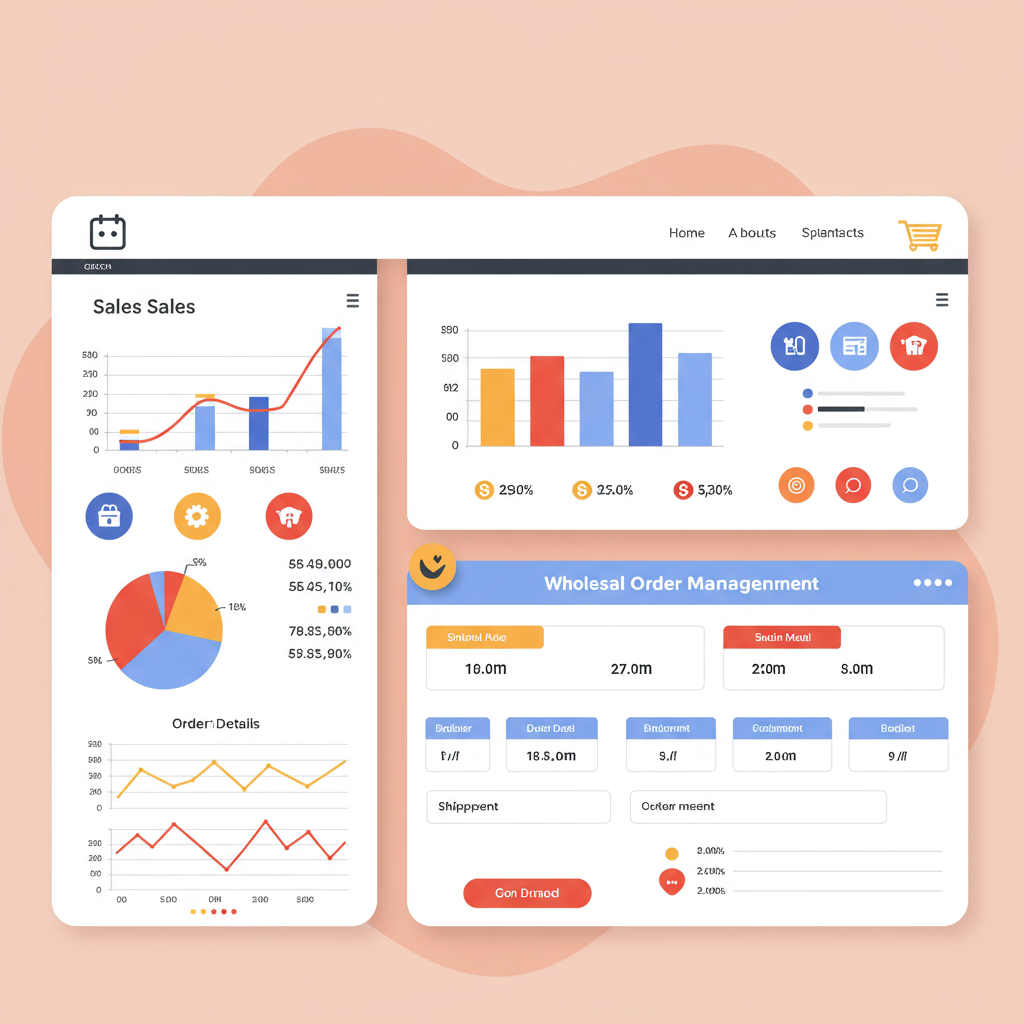Unlock new revenue streams and expand your reach by setting the perfect wholesale prices for your Shopify store.
As a merchant navigating the vast world of e-commerce, I’ve learned that expanding beyond direct-to-consumer (DTC) sales can unlock significant growth opportunities. One of the most powerful avenues for this expansion is wholesale.
Wholesale isn’t just about selling more units; it’s about reaching new markets, building brand awareness through other retailers, and diversifying your revenue streams. For Shopify store owners like us, integrating a wholesale strategy is more accessible than ever.
However, the core challenge often lies in setting the right wholesale prices. It’s a delicate balance: you need to offer an attractive margin for your wholesale partners while ensuring your own profitability and brand value are maintained.
Today, I want to share my insights and strategies for effectively pricing your products for wholesale on Shopify. We’ll dive deep into various models and practical implementation tips that I’ve found incredibly useful.
First, let’s establish the foundational principle: your wholesale price must cover your Cost of Goods Sold (COGS) and contribute to your overheads, all while leaving a healthy profit margin for both you and your reseller.
I always start by calculating my COGS for each product meticulously. This includes raw materials, labor, packaging, and any direct manufacturing costs. Knowing this number is non-negotiable.
Next, I consider my desired profit margin. While retail margins might be 50-70% or more, wholesale margins are typically lower, often in the 20-40% range, because you’re selling in bulk and offloading some marketing and sales efforts to your partners.
A common starting point for many businesses is to offer wholesale prices at 50% of their retail price. This “keystone pricing” provides a good baseline, allowing retailers to double their money, which is often their target.
However, keystone pricing isn’t a one-size-fits-all solution. I always recommend researching your industry and competitors. What are similar products wholesaling for? This market research is crucial for competitive positioning.
One of the most effective wholesale pricing strategies I’ve implemented is **Tiered Pricing**. This encourages larger orders by offering better per-unit prices as the quantity purchased increases.
For example, I might offer a 40% discount for orders of 10-20 units, a 45% discount for 21-50 units, and a 50% discount for 51+ units. This incentivizes partners to buy more, which benefits both of us.
Another straightforward approach is a **Percentage-Off Retail** model. This is simple to understand and implement. You simply decide on a fixed percentage discount off your standard retail price for all wholesale orders.
While easy, this method might not fully account for varying product costs or encourage larger orders as effectively as tiered pricing. I find it best for businesses with a very uniform product line.
**Fixed Wholesale Pricing** involves setting a specific, non-negotiable price for each product for wholesale customers, regardless of the retail price. This is often used when products have very stable costs and margins.
I also consider **Minimum Order Quantity (MOQ)** and **Minimum Order Value (MOV)**. Setting these thresholds ensures that wholesale orders are substantial enough to be profitable for me, covering the administrative effort involved.
For instance, I might require a minimum of 5 units per product or a total order value of $250. This filters out small, less profitable inquiries and focuses on serious wholesale partners.
For my most valued or largest partners, I sometimes implement **Customer-Specific Pricing**. This allows me to offer unique discounts or terms based on their historical order volume, relationship, or strategic importance.
Implementing these strategies on Shopify requires a thoughtful approach. While Shopify’s native features offer some flexibility, dedicated wholesale apps often provide the most robust solutions.
I’ve used apps like “Wholesale Club” or “Wholesale Gorilla” to manage customer groups, apply automatic discounts, and even create separate wholesale storefronts. These apps streamline the process significantly.
Alternatively, for a simpler setup, I’ve leveraged Shopify’s customer tags and draft orders. I can tag specific customers as “Wholesale,” then manually create draft orders for them with the agreed-upon wholesale prices.
When setting up wholesale, I always create a clear application process on my website. This typically involves a form where potential partners can provide their business details, tax ID, and a brief description of their store.
Once approved, I provide them with access to a dedicated wholesale portal or clear instructions on how to place orders. Transparency and ease of use are paramount for a successful wholesale relationship.
Don’t forget about shipping! I always factor in shipping costs when calculating wholesale profitability. Offering free shipping on large wholesale orders can be a powerful incentive, but ensure your margins can absorb it.
Payment terms are another critical aspect. While DTC is typically upfront payment, wholesale often involves net terms (e.g., Net 30), especially for established partners. I always have clear terms outlined in my wholesale agreement.
Finally, I regularly review my wholesale pricing strategy. Market conditions change, COGS fluctuate, and my business goals evolve. What worked last year might need adjustment this year.
Building strong relationships with my wholesale partners is just as important as the pricing itself. Clear communication, reliable fulfillment, and excellent customer service foster long-term success.
So, what do you think about these strategies for Shopify wholesale pricing? I’m always eager to hear other merchants’ experiences and insights.
By carefully considering your costs, market, and desired profitability, and by leveraging Shopify’s capabilities (either native or via apps), you can build a thriving wholesale channel that significantly boosts your business.






